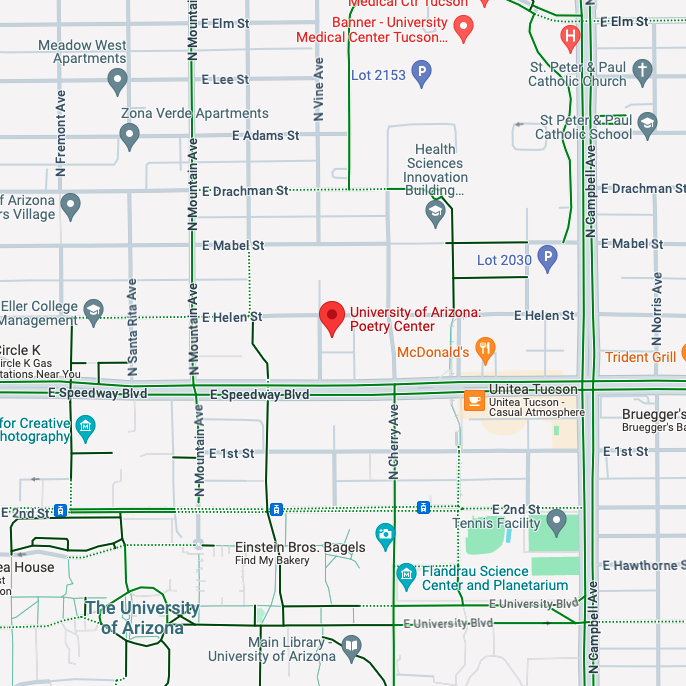Set decorators call it the art of silent storytelling–how art direction and production design (everything on screen) establish and convey character and story. We examine this “narrative space” through three topics. “Life Stories” that range from personal to epic: class relations in WWI prisoner of war camps (Jean Renoir, La Grande Illusion); a father-daughter relationship in 1960s Japan (Yasuhiro Ozu, An Autumn Afternoon); and ethnicity in Paris suburbs (Mathieu Kassovitz, La Haine). “Meditations on Landscape” explores the Australian outback (Warwick Thornton, Samson and Delilah); French legionnaires in East Africa (Claire Denis, Beau Travail); and politics and astronomy in Chile’s Atacama desert (Patricio Guzman, Nostalgia for the Light). “Suspense” examines early Alfred Hitchcock (The Man Who Knew Too Much); film noir (Otto Preminger, Laura); and vague uneasiness (Atom Egoyan, Felicia’s Journey). Film theory provides additional avenues for evaluating and enhancing the cinematic experience.
The course tuition of $155.00 includes a $5.00 fee from the University so that students can access and stream the movies discussed on their computers.






